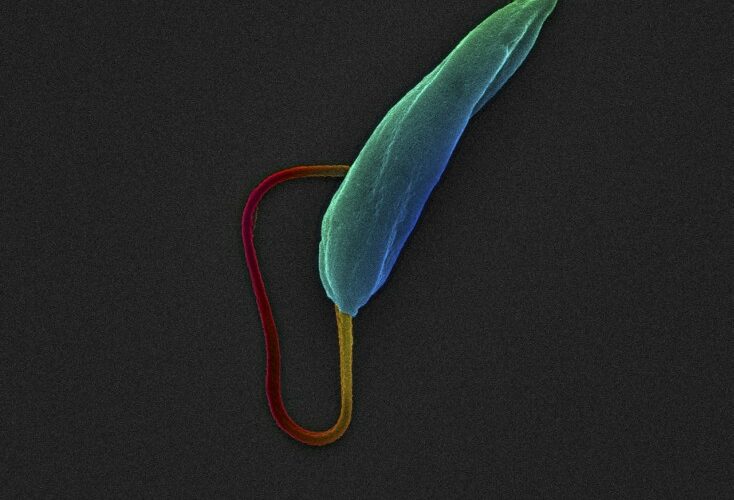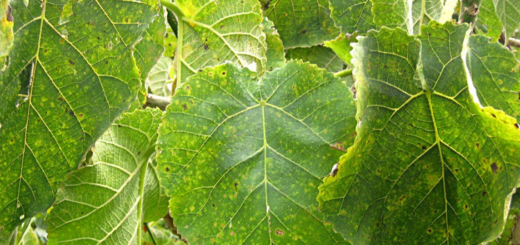A New Cure for Neglected Parasitic Diseases?

Globally 20 million people are infected with kinetoplastid parasites, causing 50,000 deaths annually. However, after massive collaborative effort between researchers in San Diego, Seattle, Singapore, York and the University of Glasgow, a way to stop the spread of these parasites and the diseases they cause may have been found1.
Chagas disease, sleeping sickness and leishmaniasis are all caused by different species of such kinetoplastid parasites and are prevalent in poorer communities of Latin America, Asia and Africa. Although each of these parasites differ in terms of their molecular biology and genome architecture, the researchers uncovered a common exploitable feature: the kinetoplastid proteasome. The proteasome functions to degrade unnecessary or damaged proteins and is vital for survival of the parasites. Inhibiting this function therefore kills the parasites.
Chagas disease and sleeping sickness are caused by Trypanosoma species, T. cruzi and T. brucei respectively, whereas leishmaniasis is caused by a variety of Leishmania species, such as L. donovani. The research groups embarked on a huge drug screening experiment to identify and optimise candidate compounds, later shown to inhibit the proteasome. Firstly, 3 million compounds were screened for their activity against L. donovani, T. brucei and T. cruzi. This led to the identification of GNF5343, a compound with potent anti-L. donovani and anti-T. brucei activity. Although GNF5343 was not picked up in the T. cruzi screen, secondary experiments found optimised GNF5343 was able to target T. cruzi as well.
This compound then had to be further optimised, which involved the design, synthesis and screening of around another 3,000 compounds, all based on GNF5343. As a result, the related compound, called GNF2636, was found to have 20-fold better activity due to one critical structural modification. Another modification removed any toxicity against mammalian cells, making the drug usable to treat humans. Finally, a few more changes to the core of the compound generated GNF6702, which resulted in 400-fold increased killing activity against all three parasite species.
Excitingly, the researches have now successfully cleared parasites from mice infected with each species. GNF6702 has given new hope of a treatment against these neglected tropical diseases affecting some of the world’s poorest communities.
Edited by Sarah Spence
References
- More information about the research can be found at https://wellcome.ac.uk/press-release/single-compound-could-treat-three-parasitic-diseases and http://www.nature.com/nature/journal/vaap/ncurrent/full/nature19339.html










